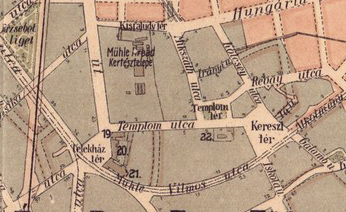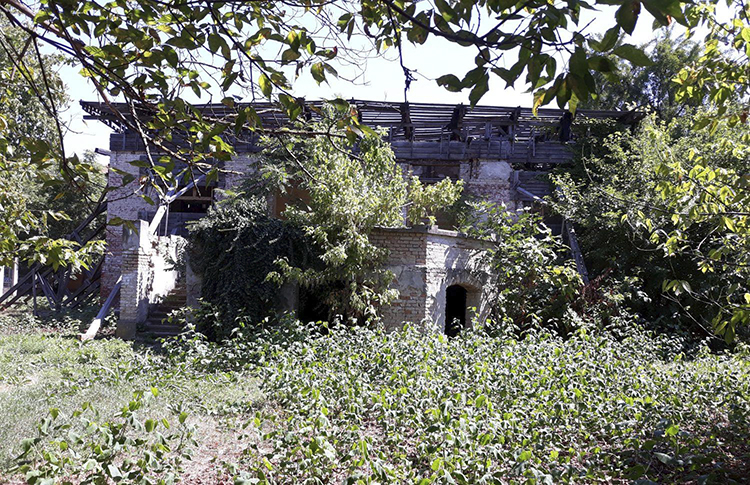Fair warning: this is not a nice story. Although it has no violence or any other content not suitable for minors, depending on your sensitivities, by the end of it you may wish you haven’t read it. With that out of the way, let’s start with the nicest part.

Upon completion of his studies abroad in 1866, a young gardener from Bohemia named Wilhelm Mühle (1845-1908) decided to move to the up-and-coming civic and industrial city of Temesvár/Timișoara. He found employment at the gardening business of Ferenc Niemetz and established his own firm in 1875.
He soon became an upstanding member of the local business community and purveyor of flowers, wreaths and ornamental shrubbery to three royal houses (Austro-Hungarian, Romanian and Serbian). He eventually donated a large part of his gardens to the city, an area that now houses the campus of the local technical university. He also wrote two popular books on gardening in German and one in Hungarian. As testified by an 1913 map, after his death he even a had a boulevard named after him in the zone where his gardens were.

He built his villa on the site of his gardening business in 1886, which was later inherited by his son, Árpád, who not only continued to improve it and its gardens, but as a landscape architect himself was the creator of Temesvár’s beautiful Park Of Roses.
The last descendant of the Mühle family left Romania in 1992 and bestowed the house and its fairly large plot to the city, on condition that a rose museum will have to be built there. The city, however, had little inclination and even less money for such, so it sold the house for a song (EUR 10,000, a small fraction of its actual market value) to a former officer of the dreaded communist secret service, the Securitate.
The officer, in turn, sold it to the city’s Roma real estate mafia, the Cârpaci clan, for EUR 100,000. The plot alone is currently worth around EUR 500,000-600,000. The Cârpaci clan wanted to build a garish Gypsy palace there, but city planners rejected the idea as the house is of historical value. Shortly thereafter, the new owners somehow (?) procured an architect’s assessment that the roof of the building was unsafe, so they removed it and are now waiting for time and the elements to do their work and demolish the exposed walls.

If you think this is revolting, you don’t know the half of it – which we will reveal in Part II.
Title image: The Mühle villa in the early 1990s